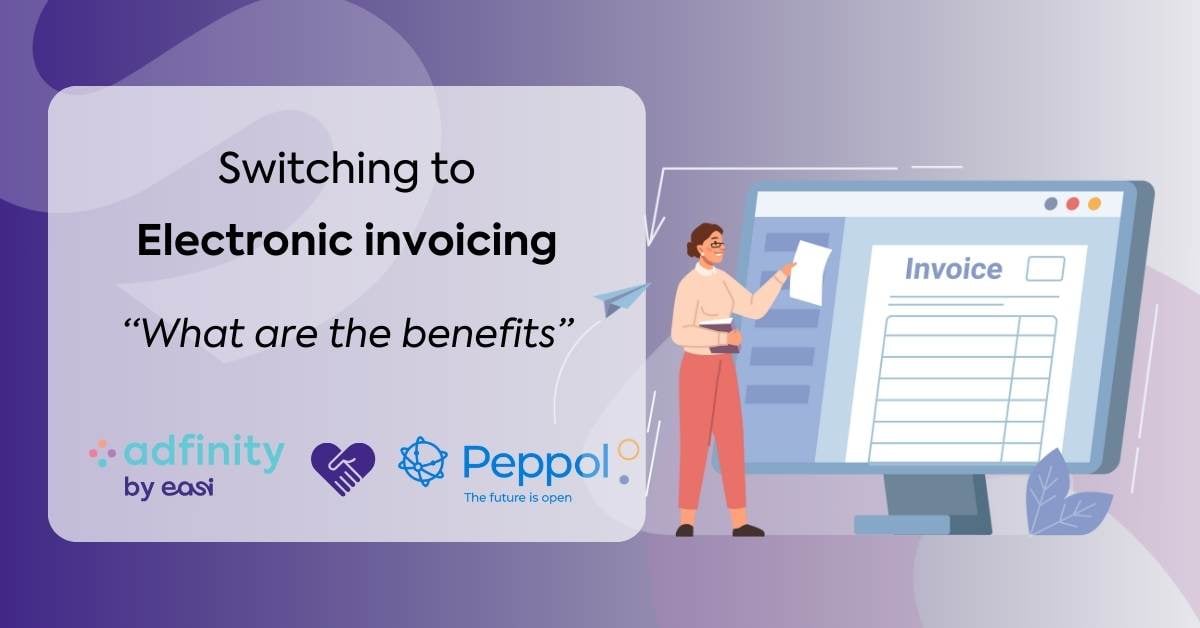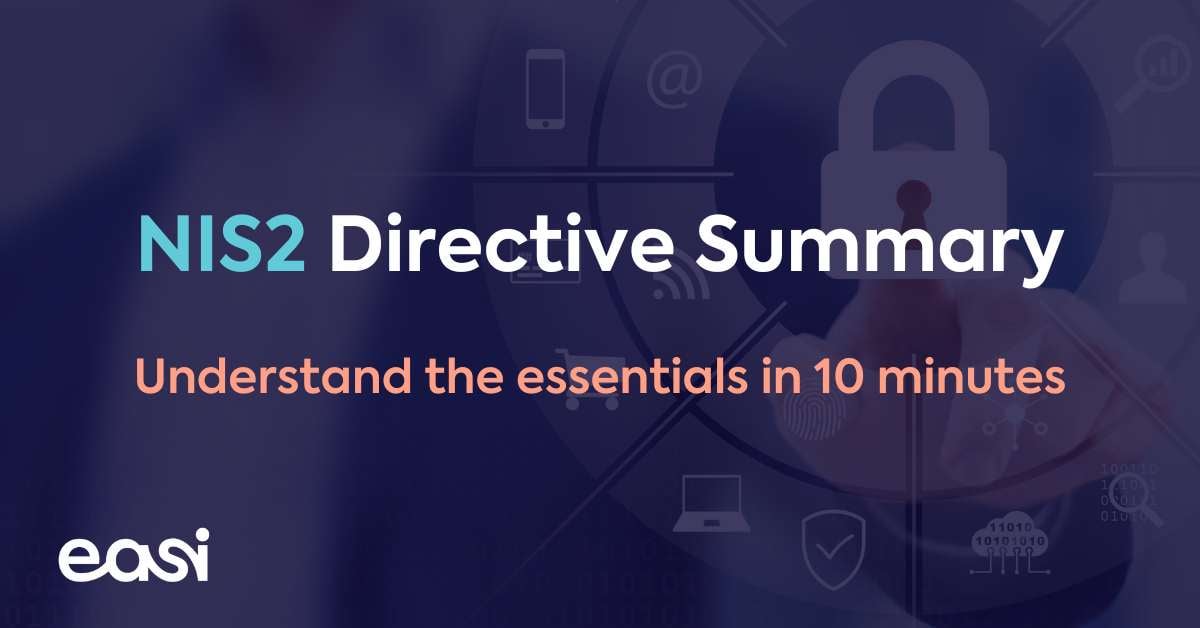Each day that passes makes it harder to capture people's attention. Let alone their money. But it's also probably your fault. At least to an extent. The good thing is that you can fix it. You can fix a lot of it. Let's see how you can start improving your website conversions today!
1. Speed up your website
You can't convert visitors if they leave your website before it even loads. To be precise, 47% of internet users expect websites to load in no more than 2 seconds.
If your website takes more than a couple of seconds to load, you're going to lose traffic.
Here's what you can do to speed up your website.
Avoid redirects
The more redirects you have, the longer the loading time. Clean up your URLs and internal linking, and get rid of unnecessary redirects.
Compress images
Images are usually the heaviest elements on a webpage.
An easy way to speed up your website is to compress images as much as possible. Of course, you should only compress up until a point where you don't lose quality.
The easiest way to compress images for the web is to use a tool like Tinypng. (It also works for JPEG files.) It can reduce the size of your image files by up to 85%.
Opt for lazy loading
Even as their size is reduced, images still take time to load.
You can make your page faster to make images load only as the user scrolls down. In most cases, you don't need every image on the page to load right away.
Minify your code
When you minify your code (HTML, Javascript, and CSS), you remove every space or note in the code. These are used by developers to make their code easier to read and work on.
But browsers don't need any of it to render the page. And since it lengthens loading times, you might as well get rid of it.
If you use no-code editors like Webflow, minification might already be a feature. In case you're working with hard code, there are tools that'll do that for you.
Here are some of them:
- YUI Compressor from Yahoo! for CSS
- Google Closure Compiler for JavaScript
- Microsoft Ajax Minifier for CSS
- HTMLMinifier for HTML
Make your site mobile-friendly
Mobile accounts for over 50% of all web traffic.
This is why you need to make your website as mobile-friendly as possible.
Here are a few things you can do right away to improve the experience for your visitors.
Make your site responsive
Making your site responsive means that it'll adapt itself to various screen sizes. That way, a mobile user will be able to access the same information as a desktop user, with the same comfort.
Ditch pop-ups
Pop-ups or text-blocking ads are an absolute pain on mobile.
It's annoying enough to read text on a small screen, you don't need an ad taking up the whole space. It just ruins the experience.
When that happens, visitors probably won't take the time to look for the small x to close it. They'll bounce and head to another website.
This is not to say you should have forms or ads. Just don't have them randomly appear.
Get rid of large elements
Large elements can sometimes diminish the browsing experience.
If an element is too big and loses its visual value when scaled down, then hide it on the mobile version of your website.
Adapt your buttons
Avoid a lot of frustration for your users by making buttons large enough.
Not only that, make sure they're in a place that's easily accessible by your visitor's thumb. You want to make sure your website can be browsed with just one hand.
People like browsing while they're eating, drinking, walking their dog,... Make sure they can.
Use large fonts
Reading on a small screen isn't super comfortable. Make it easier on your visitor by using large enough fonts. Aim for at least 14px.
Also, try to stick with standard fonts. Any font a mobile browser needs to download will affect your pages' loading time.
2. Publish content
People tend to convert better when they trust a website and see it as an authority.
By publishing high-value content, you position yourself as an expert. The more valuable content you post, the more visitors will trust you. It'll also help keep visitors on your website.
Here's what to keep in mind when publishing content.
Keep it educational
The biggest mistake marketers make when publishing content is to promote their product. That's not what content is for.
You can mention your product if it's relevant in the context of the article, but otherwise don't. Visitors don't want to read long-form ads. Nobody does.
Make it actionable
Make sure that readers can take what you teach them and apply it to their own situation. It's important that your content help improve their work practically.
Because if it does, they'll come back for more.
Make it readable
Nobody likes to read a wall of text. Make sure your paragraphs are short. Ideally 3 lines max. Keep your sentences short as well.
Use simple language, especially in English. Everybody on the internet uses it, but it isn't everyone's first language.
Improve old content
Already have content? Don’t let it gather dust, you can improve it for new conversions.
3. Use calls to action
Calls to action (CTAs) are crucial when it comes to get users to do something.
Their attention span is pretty short, so they're skimming through your page. That's why you want some clear, bold signs telling them what button does what.
Have specific calls to action
If you want your website visitors to take action, you need to make it clear what you want them to do.
If you want them to download an e-book, your call to action shouldn't say "Click here". It should say "Download ebook"
Repeat your calls to action
If you want website visitors to take specific action on a page, make sure to place the CTA in various strategic spots on the page.
That's important because they might be skimming through the content. And as such, they might miss some CTAs. Or because they were not convinced when they saw the first CTA, but that changed when they read further.
Stay focused
Avoid calling for different types of action. If you dedicate a page to e-book downloads, then keep the CTAs about downloading the e-book.
If you ask for too many things, you won't get any.
4. Remove unnecessary fields
A big part of conversion optimization is the reduction of friction.
Friction is anything that makes it harder for website visitors to do what they want to do. Or what you want them to do.
An important element of friction is the number of form fields visitors have to fill in when signing up for something.
It makes sense that you'd want to gather as much information as possible. But that could be the reason you're not getting any.
5. Use technology
There are a bunch of tools out there to help you improve conversions on your website. Here are a few ways they can help you.
Heatmap/behavior analytics tools
Some tools can show you how visitors use your website. You'll be able to know where visitors move their mouse, where they click, how far down they scroll, etc.
Based on that information, you can adapt the design of your page.
Popup and form tools
Having a few static hard-coded calls to action can be limiting when it comes to conversions. Especially if you're not great at coding yourself.
Some tools are built to allow you to have inline forms appear in the right place, at the right time, with the right design.
You can also make them dynamic depending on the page, include countdowns, etc.
6. Add testimonials
Social proof is the ultimate way to convince prospects to trust your company. Some brands have seen their conversion rates triple thanks to it.
The best people to share their experience about your company are your customers. Get them to share quotes, testimonials, case studies, etc. That'll boost your conversions.
7. Measure it
If you don't measure it, you can't tell how it's going.
That's why conversion tracking is essential. It allows you to determine what’s working and what’s not. It also allows you to spot drops and surges in conversions.
There are two types of conversions.
Macro conversions
This is your main conversion. It can be a purchase on your e-commerce, a free trial sign up, a paid sign up,... It's usually directly tied to revenue or lead generation.
Likewise, it usually has a direct impact on business.
Micro conversions
Micro conversions are intermediate conversions. They're based on steps that your prospects have taken on their way to the macro conversion.
They're usually navigation-based. For example, you could decide to record a micro conversion when a prospect browses on 3 pages of your website. Or when they add something to their cart.
They don't have a direct impact on business. But they give you some information about the behavior or prospects, and how they respond to your website.
Conversion tracking can be technical. But it’s worth learning how to do it or mobilizing someone who already knows how to.
Stay up-to-date
All these levers evolve with time. Especially when it comes to mobile-friendliness.
That's why you need to stay informed.
If you follow the advice above and monitor the situation, your conversions will do just fine!





